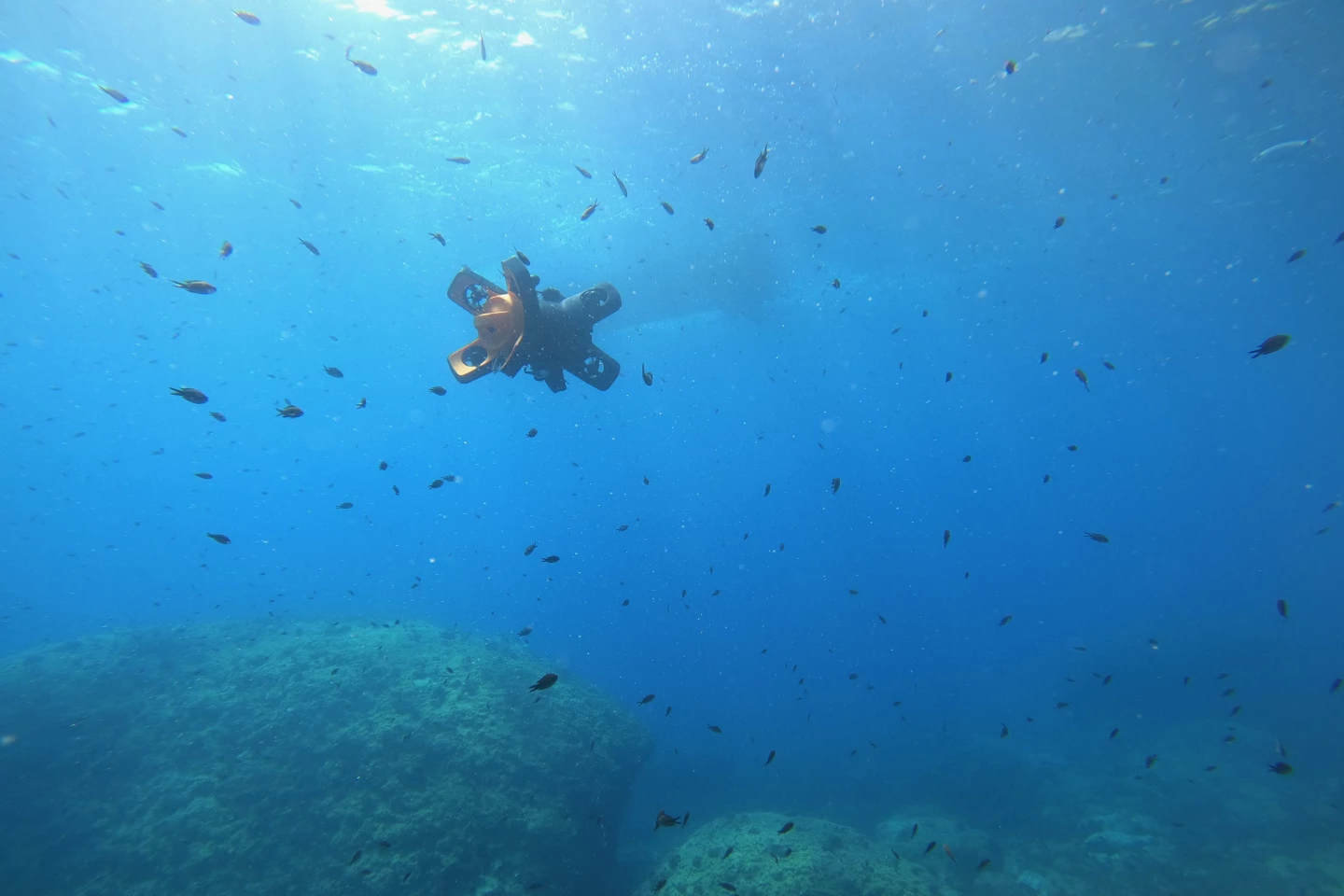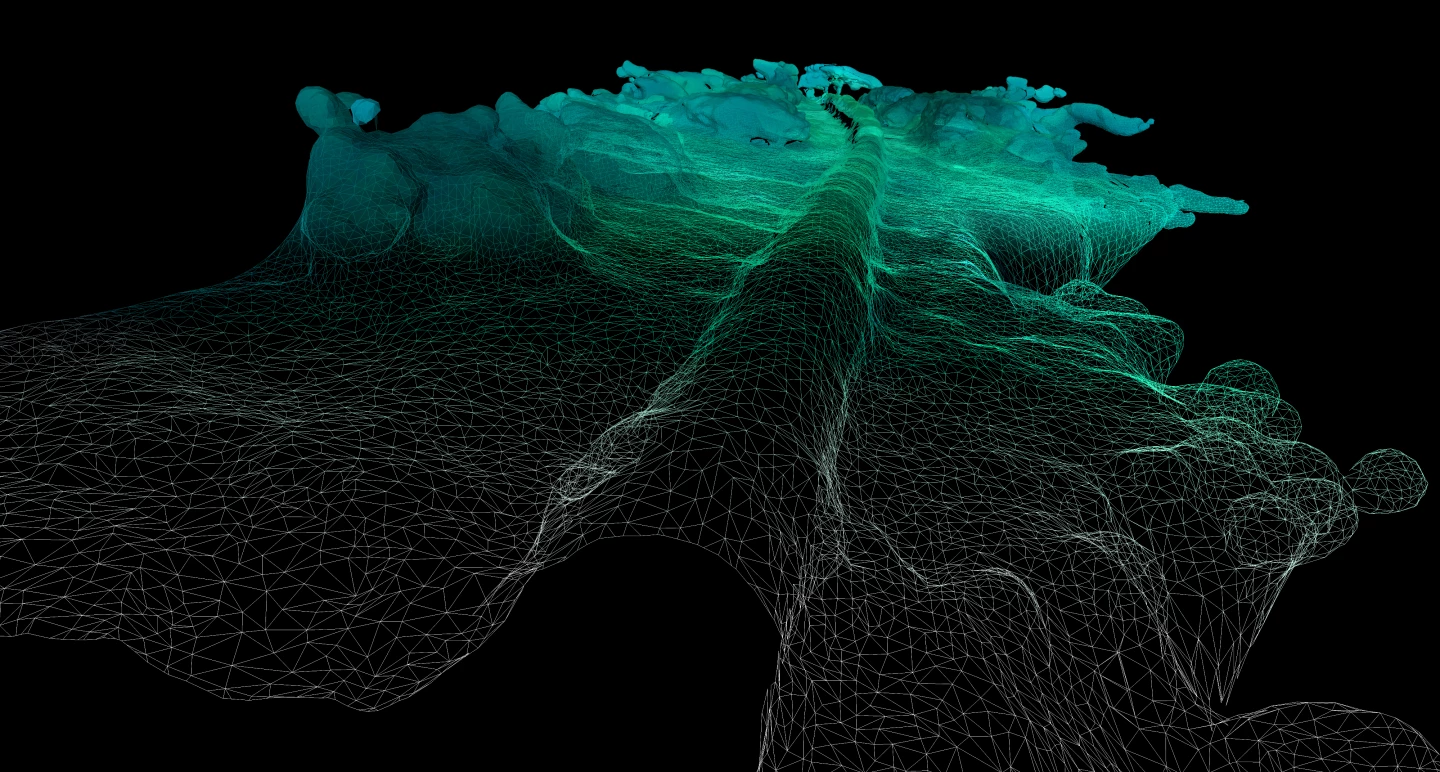The uOne underwater robot may soon be taking on risky, labor-intensive tasks currently performed by human scuba divers. It boasts a unique combination of traits from two different types of undersea bots.
When it comes to unmanned devices designed to explore the underwater world, they pretty much all fall under the heading of either ROV or AUV.
ROVs (remotely operated vehicles) are remotely controlled in real time by a surface-located pilot, who is guided by a real-time video feed from the craft's onboard camera.
While ROVs are very maneuverable, they're hampered by an umbilical communications cable running from themselves up to the surface. If that cable gets snagged on a submerged obstacle, the ROV may be permanently lost.
AUVs (autonomous underwater vehicles) don't need a cable, as they autonomously navigate the ocean and avoid obstacles while performing marine surveys over a period of hours or even weeks. Because of their built-for-speed torpedo-like shape, however, they can't do much in the way of hovering in place or turning on the spot.
That's where the uOne is intended to come in.

Designed by Belgian company uWare Robotics, it's technically an AUV in that it uses integrated cameras, an IMU (inertial measurement unit) and other technologies to autonomously follow a preprogrammed underwater "flight path." That data is wirelessly uploaded into the craft's onboard computer before it's launched, by its user.
However, the uOne isn't shaped like a typical AUV. Its relatively short, squat body incorporates eight vectored thrusters which allow it to hover on the spot or move in any direction as needed. As it does so, there's no cable to get in the way or get hooked on anything.
The uOne is designed primarily for tasks like the inspection of underwater structures such as oil rig platforms and seabed pipelines. It can already make 3D point cloud maps of its surroundings, plus plans call for it to be capable of identifying and inspecting any "points of interest" it may come across.

All of the gathered data is stored on an onboard solid state drive, and can be wirelessly downloaded once the mission is completed and the AUV is back at its base.
As far as basic specs go, the uOne measures 40 cm high by 40 cm wide by 50 cm long (15.7 by 15.7 by 19.7 in), weighs 15 kg (33 lb) out of the water, and can carry up to 5 kg (11 lb) of sensors, lights or other items. It has a top speed of 3 knots (5.5 km/h or 3.5 mph) and a runtime of approximately two hours per two-hour charge of its swappable battery.

With its current cast acrylic body, the AUV can descend to a maximum depth of 75 m (246 ft). An aluminum body is in the works, though, which should boost that figure much further. The whole thing can reportedly be deployed by just one person, in 10 minutes.
Prospective clients can contact uWare via the company website. You can see the uOne in action, in the following video.
And for another example of a robot that blurs the line between AUV and ROV, check out morphing robotic-armed Aquanaut.
Source: uWare Robotics via Uncrewed Systems Technology







